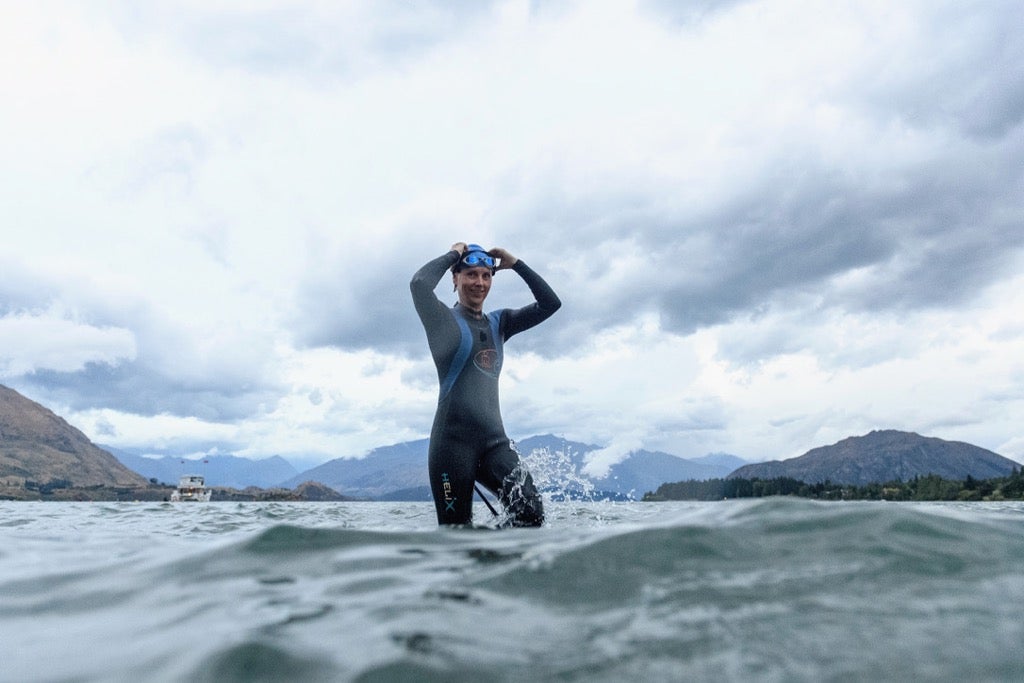How to Approach Your First Race of the Season

An athlete gets ready to compete at Challenge Wanaka. Photo: Kai Schwoerer/Getty Images
Set realistic performance goals before you jump in for your first race effort of the year.
Unless you’ve been racing or training with a lot of structure through the winter, you probably don’t have a confident sense of how to pace your early-season race efforts. Here are some guidelines to help determine appropriate pacing.
Test your baseline and progress.
If you’ve been training in a structured way, you’ve likely already set and trained to your zones. According to Brian Stover, owner of Accelerate 3 Coaching in Tucson, Ariz., you should test regularly every 4–6 weeks to see trends toward improvement.
“Athletes should have one set they repeat and record their times,” he says. “For swimming, it could be an 800 time trial or a series of 300, 400, 500 repeats recording the average pace per 100 through the set. For cycling, it could be a 20K or a series of 10-minute intervals recording the average watts per interval. For the run, do a 5K or a series of 1–2K repeats recording the average time. Over time, you’d hope to (should) see a trend toward faster times.”
RELATED: How To Pace Your Race
… then back them up.
Once you’ve tested your max output, it’s time to set a solid framework to back up those max efforts. As a general rule, Stover says, “the demands of the training should surpass—or at least equal—the demands of the race, you just don’t have to do all the sports back to back.”
In other words, it’s important to note not just the max percentage of effort that you could theoretically do for a given effort, but the effort that you are actually trained for. If a test set indicates you can run a 20-minute 5K, then you need to have the requisite miles under your belt to do a 20:30 run leg in a sprint. Says Stover, “Your training dictates your pacing in a race. If you have not been running intervals any faster than 5:50 pace, running 5:35s off the bike is a pipe dream.”
RELATED: Track Your Running Progress
Check your history.
For longer efforts especially, one of the most important factors for choosing your race effort is to look at what you’ve done in the recent past. If your goal race is an Ironman and the hardest 100-mile ride you’ve done was at an intensity factor of 60 percent, targeting 75 percent during the race is going to set you up for a very long walk. Stover advises to actually look at the data you’ve generated over the duration(s) you’re expected to race and stay within a reasonable number of watts similar to that.
RELATED: Early-Season Hill Work Equals Race Day Speed
Keep it simple.
Finally, be sure to keep things simple. Don’t get too caught up in the perfect test. For a sprint or an Olympic distance, sometimes the best test is just doing the race itself.